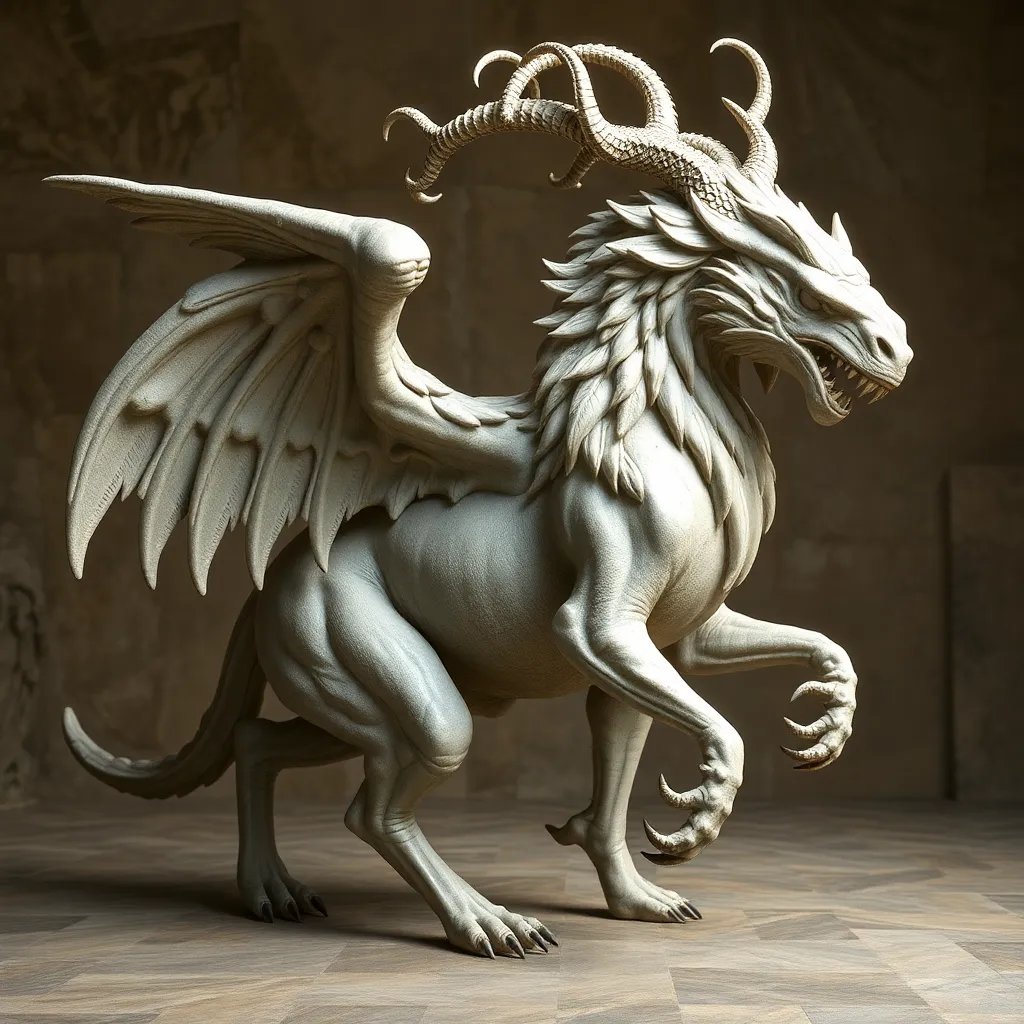The Role of Mythological Creatures in Greek Moral Lessons
I. Introduction
Greek mythology is a rich tapestry of stories and characters that have shaped Western culture for centuries. These myths were more than mere entertainment; they served as vehicles for moral lessons and reflections on human nature. Central to these narratives are mythological creatures, often embodying complex traits and serving as cautionary symbols.
In Greek culture, mythological creatures are defined as beings that possess extraordinary powers, unique appearances, and sometimes, terrifying qualities. They range from the divine to the monstrous, each contributing to the mythological landscape in significant ways.
This article explores how these creatures convey moral lessons, shaping the ethical framework of ancient Greek society, while continuing to resonate in contemporary discussions.
II. The Origins of Greek Mythological Creatures
The origins of Greek mythological creatures can be traced back to a combination of historical context and cultural influences. The Greeks drew inspiration from earlier civilizations, including the Mesopotamians and Egyptians, incorporating these influences into their own mythos.
Over time, mythological beings evolved, often reflecting the societal values and fears of the period. The oral tradition played a crucial role in this evolution. Stories were told and retold, with each generation adding its interpretations and lessons, ensuring the continued relevance of these creatures.
III. Key Mythological Creatures and Their Characteristics
Several prominent creatures stand out in Greek mythology, each with distinct traits and symbolic meanings:
- Minotaur: A half-man, half-bull creature, symbolizing the beast within humanity and the consequences of unchecked desires.
- Medusa: A Gorgon with snakes for hair, representing the fear of female power and the dangers of vanity.
- Sirens: Enchanting beings whose songs lure sailors to their doom, embodying the theme of temptation and its perils.
These creatures are not mere fantasy; they are representations of human traits and societal concerns. Their characteristics often align with the moral lessons embedded in their stories, serving as warnings or guides for behavior.
IV. Moral Lessons Embedded in Mythological Narratives
Greek mythology is rich with moral lessons, many of which are personified through its creatures:
- The concept of hubris: Characters like Icarus illustrate the dangers of excessive pride. Icarus flew too close to the sun, ignoring warnings, which ultimately led to his downfall.
- Themes of justice and retribution: The Furies, or Erinyes, represent vengeance and the consequences of wrongdoing, serving as a reminder of the importance of justice.
- The importance of wisdom and caution: The Sphinx, with her riddles, symbolizes the necessity of intelligence and careful consideration in the face of challenges.
These narratives teach valuable life lessons, emphasizing the significance of humility, justice, and wisdom in personal conduct.
V. The Influence of Mythological Creatures on Greek Society
Mythological creatures had a profound impact on Greek society, influencing cultural values and ethics:
- Cultural values: The stories surrounding these creatures reinforced societal norms and ideals, shaping the moral compass of the population.
- Education and storytelling: Myths were commonly used in educational settings, imparting lessons to the youth through compelling narratives.
- Societal fears and aspirations: Creatures often reflected the fears of society, such as the fear of the unknown or the consequences of moral failures.
Through these stories, Greeks were able to explore complex themes and develop a shared understanding of morality.
VI. Comparative Analysis: Greek Mythological Creatures vs. Other Cultures
When comparing Greek mythological creatures to those from other cultures, similarities and unique aspects become apparent:
- Similarities: Many cultures feature creatures that embody moral lessons, such as the Norse Jörmungandr or the Egyptian Sphinx.
- Unique aspects: Greek creatures often focus on human flaws and societal issues, making them particularly relevant to moral education.
- Cross-cultural lessons: The comparison highlights universal themes of morality, emphasizing that despite cultural differences, the lessons conveyed through mythological narratives remain consistent.
VII. Contemporary Relevance of Greek Mythological Creatures
In modern times, there has been a resurgence of interest in Greek mythology, with mythological creatures appearing in various forms of media:
- Films and literature: Contemporary adaptations often reinterpret these creatures, making their moral lessons accessible to new generations.
- Moral lessons in adaptations: Modern retellings continue to explore themes of hubris, justice, and wisdom, demonstrating the enduring relevance of these stories.
- Legacy in ethical discussions: The moral lessons derived from these creatures still inform contemporary ethical discussions, providing a framework for understanding human behavior.
VIII. Conclusion
In summary, Greek mythological creatures play a crucial role in conveying moral lessons that resonate through time. From the origins of these beings to their contemporary relevance, their impact on moral education is profound. Through the stories of creatures like the Minotaur, Medusa, and Sirens, we gain insight into human nature and the complexities of ethical behavior.
The enduring legacy of Greek mythology serves as a reminder that the lessons imparted by these creatures continue to be relevant in today’s society, encouraging us to reflect on our values and actions.




